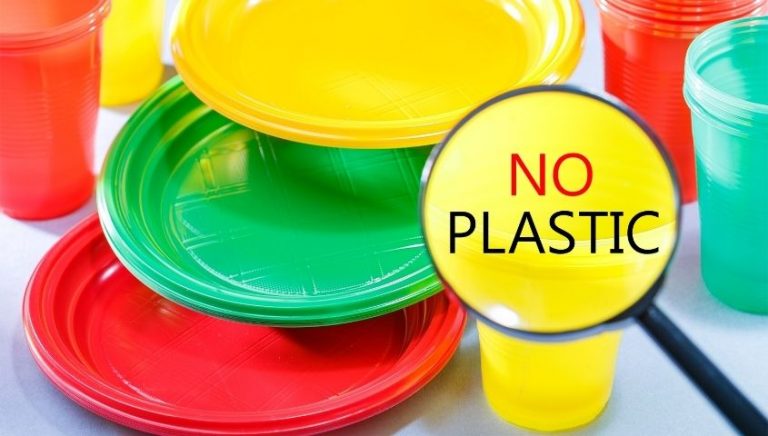Coffee beans are one of the most prominent agricultural commodities worldwide with coffee being predominantly grown and produced in developing countries (Bianco, G.B., 2020). This essay examines the sustainability issues of the coffee industry and adverse climate distractions caused by the coffee industry. It includes the comparison of the market leading number one producer of coffee beans, emerging economy Brazil and Australia.
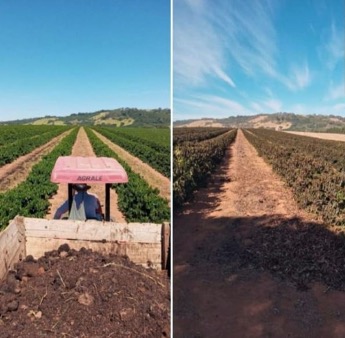
Climate change
According to DaMatta, F.M., Rahn, E., Läderach, P. et al., 2018 coffee growers across the world are facing the diverse effect of climate change which may have a significant effect on their supply chain. Weather uncertainty such as fluctuations in temperature, rainfall, heatwaves, frost, and soil degradation, are challenges that farmers both in Brazil and Australia now must face (Resende Fontes D, de Paula Ribeiro A, Rodrigues dos Reis M, et al., 2022). It is predicted that the warming of our planet will change where and how coffee is produced (Gokavi N & Kishor M., 2020). This issue could be addressed by transformation 6 by using advanced technology and precision agriculture.
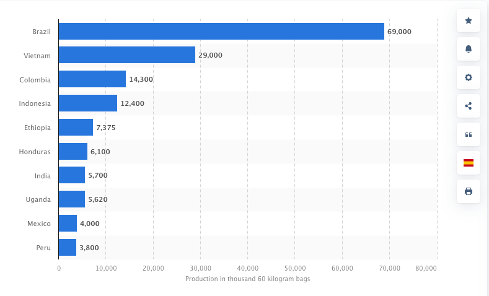
Socio-economic issues
Coffee production contributes to a significant part of GST in many developing counties. Many family-owned businesses depend on their crop for income. Brazil has approximately 264,000 coffee-producing farms that are responsible for one-third of the world’s coffee production using 2.163 million hectares of land. According to Australian Subtropical Coffee Association (2023), there are only approximately 50 Australian growers, mostly in northern New South Wales and Queensland. Developed countries that depend heavily on coffee beans import to meet their demand (such as Australia) could support vulnerable farmers in developing countries through knowledge sharing and fair trade (transformation 1).
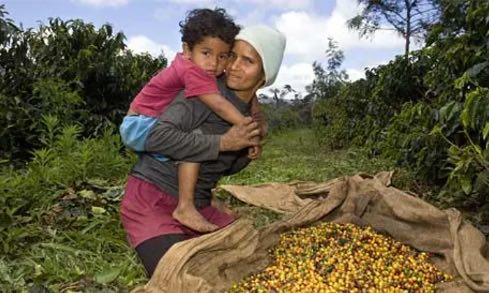
Equality of supply chain
Inequality in the coffee industry supply chain is sometimes called the ‘coffee paradox’. While the price of a cup of coffee for the end consumer in countries like Australia, the US and the UK has been rising, the higher cost does not translate into better wages and working conditions for farmers in developing countries (Murray D., 2007). Rising global demand for coffee is putting more pressure on farmers while many already live in poverty. Organisations like Fair Trade and Direct trade can advocate for better conditions for farmers, reduce gender and cultural inequalities and increase the sustainability of the industry (transformation 1).
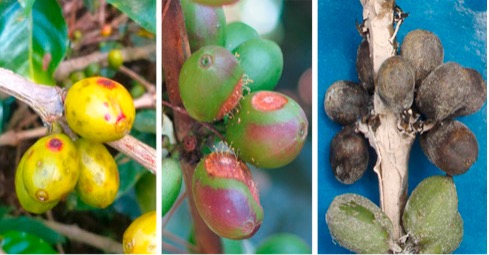
Biosecurity
Australians import coffee beans from other countries that often suffer from pets and diseases not native to Australia. It is crucial to put measures in place to avoid cross-contamination of the land and the spread of diseases (Australian Subtropical Coffee Association, 2023). This issue can be addressed by transformations 6 and 4 by putting biosecurity policies in place and ensuring safe trade. In developing countries, it is paramount to adapt to new changes in weather and implement preventive agronomical practices and develop natural products to avoid pests and bean diseases (Lambot C. et al., 2017).

Circular economy
The coffee industry generates carbon emissions caused by the distribution of coffee beans around the world. According to International Coffee Organization (2023), more than 9.5 billion kg of coffee is produced globally each year. To meet our global demand additional 14 million tonnes of coffee per year will need to be produced. To reduce the carbon footprint associated with the industry some studies suggest it is beneficial to roast beans in the country of origin, reduce the use of pesticides, replace chemical fertilisers with organic matter such as seaweed and power farms and equipment with a renewable source of energy (The Conversation, 2021). (Transformations 3,4,5)

Coffee waste
Australians are avid coffee drinkers with an average person consuming 2kg of coffee in 2021 (Statista, 2023). With great consumption comes great waste. It is estimated 75,000 tonnes of spent coffee grounds end up in landfill contributing to methane production (Donut Waste, 2023). 23% of Australians opt for a coffee to-go creating more than 1 billion single-use cups of waste per year (Sustainability Victoria, 2022). This issue could be addressed by transformations 1, and 3 by educating consumers to use reusable cups and by implementing a ban of single-use plastic.
As individuals, we may be unable to change the weather or prevent the spread of disease. As coffee consumers, we undoubtedly have a chance to influence our climate positively or negatively. For example, by choosing to drink fair trade coffee, supporting local farmers by buying locally grown beans or bringing our reusable keep cup to avoid creating single-use waste.
REFERENCE LIST
- Australian Subtropical Coffee Association 2023, Importing green bean, viewed 25 January 2023, <www.astca.org/australian-coffee-biosecurity-important/>.
- Bianco, G.B., 2020, Climate change adaptation, coffee, and corporate social responsibility: challenges and opportunities, Int J Corporate Soc Responsibility 5, 3, viewed 25 January 2023, <https://doi.org/10.1186/s40991-020-00048-0>.
- DaMatta, F.M., Rahn, E., Läderach, P. et al., 2018, Why could the coffee crop endure climate change and global warming to a greater extent than previously estimated?. Climatic Change 152, 167–178 (2019). <https://doi.org/10.1007/s10584-018-2346-4>.
- Donut Waste 2023, Creating circular solutions for materials that would otherwise end up in landfill, viewed 25 January 2023, <www.donutwaste.com.au>.
- Gokavi N & Kishor M., 2020, Impact of climate change on coffee production: An overview, Journal of Pharmacognosy and Phytochemistry 2020, viewed 25 January 2023, <www.phytojournal.com/archives/2020/vol9issue3/PartAE/9-3-139-372.pdf>.
- International Coffee Organisation 2023, Historical Data on the Global Coffee Trade, viewed 28 January 2023, <https://www.ico.org/new_historical.asp?section=Statistics>.
- Lambot C. et al. 2017, Chapter 2 – Cultivating Coffee Quality—Terroir and Agro-Ecosystem,
- Editor(s): Britta Folmer, The Craft and Science of Coffee, Academic Press, pages 17-49.
- Murray D. 2007, The Coffee Paradox: Global markets, commodity trade and the elusive promise of development by B. Daviron and S. Ponte London and New York: Zed Books, 2006. Pp. 288. £16.95 (pbk.). The Journal of Modern African Studies, 45(2), 322-323. doi:10.1017/S0022278X07002571.
- Resende Fontes D, de Paula Ribeiro A, Rodrigues dos Reis M, et al. 2022, Integrated Weed Management in Coffee for Sustainable Agriculture—A Practical Brazilian Approach, New Insights in Herbicide Science [Working Title]. IntechOpen. DOI: 10.5772/intechopen.108881.
- Sustainability Victoria 2022, Victoria State Government 2023, Eco-friendly alternatives to disposable coffee cups, viewed 25 January 2023, <www.sustainability.vic.gov.au/recycling-and-reducing-waste/at-home/avoid-waste/minimise-single-use-items/disposable-coffee-cups>.
- The Conversation 2021, Coffee: here’s the carbon cost of your daily cup – and how to make it climate-friendly, viewed 28 January 2023, <https://theconversation.com/coffee-heres-the-carbon-cost-of-your-daily-cup-and-how-to-make-it-climate-friendly-152

